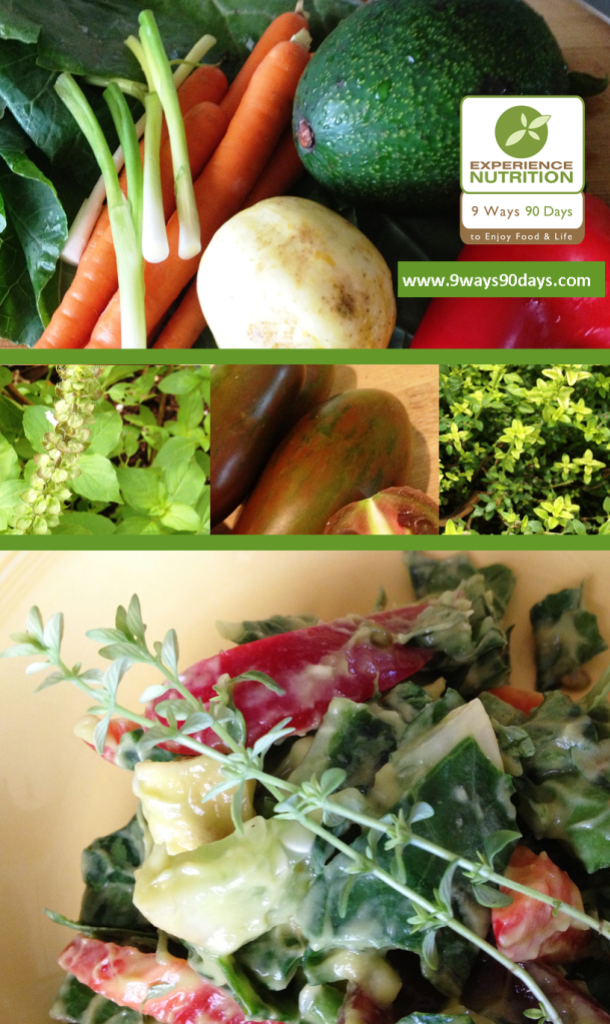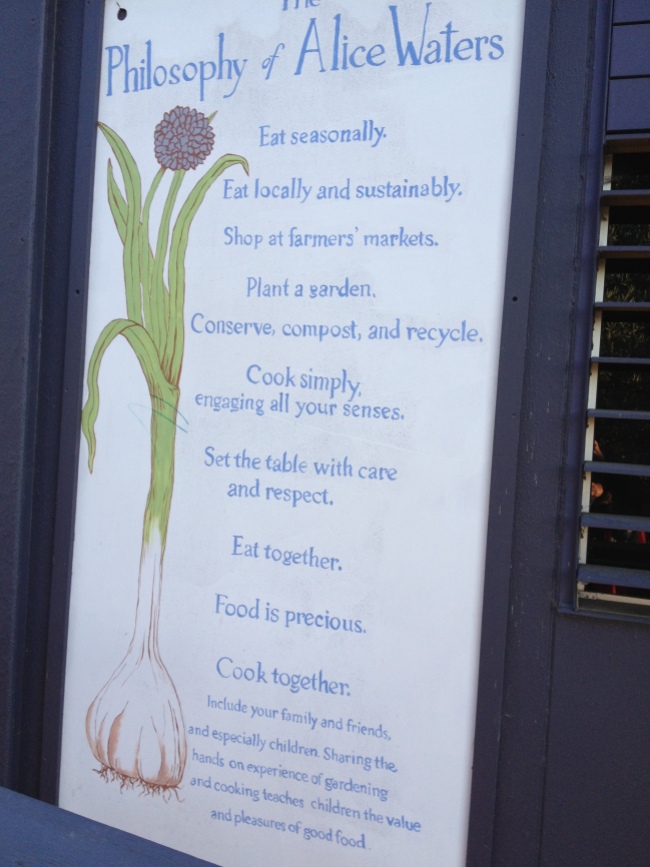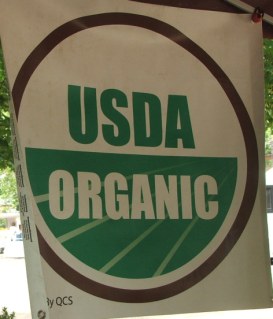Arizona Winter CSA Part 1: Organic Salad Mix with Orange Green Garlic Dressing Recipe
By Melanie Albert, Nutrition and food expert, author and speaker. Founder & CEO Experience Nutrition Group, LLC.2007 graduate Institute for Integrative Nutrition, Instructor Whole Foods Cooking and Conscious Eating, Southwest Institute of Healing Arts. Her new book, “A New View of Healthy Eating” will be available in April 2016.
Eat Local & In Season
One of the best ways to eat local and in season is to get a CSA (Community Supported Agriculture) Share. Developed in the 1960’s in Japan, CSA programs are designed to build a relationship between the farmer and the community. At the beginning of each season farmers sell CSA memberships to consumers. Each week consumers receive a sampling of produce that’s available from one farmer or a group of local farmers. Cost is generally $25-35 per week for 6-8 weeks.
CSA’s are great for those of us who wish to experiment with new-to-us locally grown food. CSA’s are generally distributed at farms, farmers’ markets, convenient pick-up locations, such as yoga studios, and some farms deliver CSA’s right to your home.
My Commitment to a 12-Week CSA: A Mile from Home!
This week I committed to a CSA with Maya’s Farm at The Farm at South Mountain in Phoenix. Maya’s Farm is a small certified organic 7 acre farm and a quick 1 mile walk from my home. I purchased the Winter (Late February through mid-May) Arizona season for 12 weeks, at a total cost of $300, or $25 per week.
Each week, I will blog about my simple whole food intuitive creations with the Winter Arizona CSA and share recipes, simple culinary techniques and nutrition tips.
Week 1: February 20, 2016: Greens, Roots, Citrus and Tomatoes
This morning, when I picked up my CSA at Maya’s Farm I was really excited to see the colorful rainbow baby carrots and smell the fresh green garlic. This week’s CSA share includes several different greens (Tuscano kale, mini bok choy, arugula, spring salad mix), rainbow baby carrots, fresh green garlic, a few tomatoes, red French breakfast radishes and different bright oranges.
Arizona Organic Salad Mix with Orange Green Garlic Dressing Recipe
As soon as I arrived in my kitchen, the pungent aromatherapy of the fresh green garlic and sweet aroma of the oranges was the inspiration for a very simple salad. The key to a farm-fresh salad is a simple light dressing, gently tossed with salad mix and a few colorful veggies.
Orange Green Garlic Dressing
Simple Ingredients
• Orange, freshly squeezed
• Twice as much organic extra virgin olive oil (eg. 1/8 cup orange juice: ¼ cup olive oil)
• Pinch sea salt
• Fresh green garlic, minced
Simple Steps
• Squeeze orange into jar.
• Add olive oil.
• Add sea salt and garlic.
• Shake.
• Taste. Add additional oil for more fat or orange juice for more acid.
Arizona Winter Organic Salad
Simple Ingredients
• 2 cups salad mix
• 3-4 rainbow carrots, sliced
• 3-4 red radishes, sliced
• 1-2 tomatoes
Simple Steps
• Gently toss salad mix with dressing, coating all leaves.
• Add carrots, radishes, tomatoes and toss.
• Plate and enjoy.
Culinary Tips
- Lightly toss salad greens with dressing right before serving to keep leaves fresh and not soggy.
- To make a great salad dressing, use a high quality extra virgin olive oil and pair it with an acid. Use a 2:1 ratio of fat (olive oil) to acid (citrus or vinegar).
- Create a salad with a rainbow of colorful veggies for beauty and a variety of nutrients.
NOW AVAILABLE: Purchase “A New View of Healthy Eating. A-55 Card Deck” for motivational messages to inspire you to cook simple healthy whole food, try new recipes, learn simple culinary techniques and add selfcare to your life. “A New View of Healthy Eating” book to be launched April 2016.
Join our e-newsletter list for recipes, simple healthy culinary techniques, intuitive cooking, nutrition tips, mindful eating and self care. www.EXPNutrition.com
Share your CSA Creations on our Facebook page: www.facebook.com/NewViewHealthyEating








